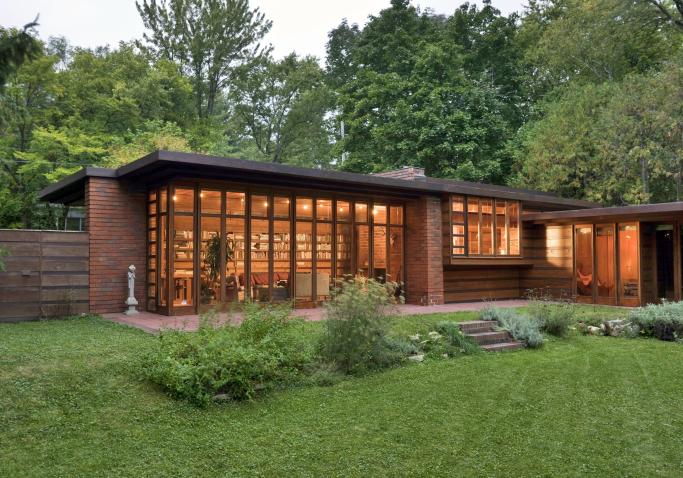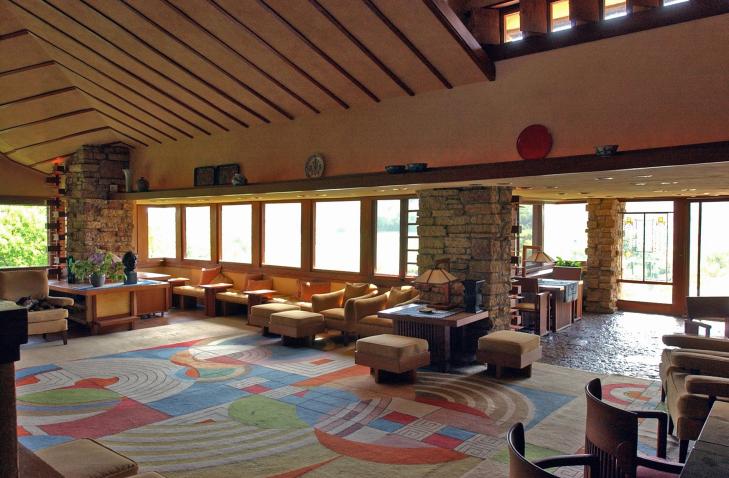






For the past half-century, UNESCO has identified and helped encourage protections for 1,223 World Heritage sites around the world – including 27 in the United States. The list also has helped match people with places that interest and inspire them.
It is not the beauty of a place, or its place in history, or other single factor that secures a spot on the list. Instead, the primary criterion is how a place reflects an “outstanding universal value,” as gauged by factors that range from history, art, and science – to conservation or natural beauty – to ethnology and anthropology.
The architectural works that illustrate Frank Lloyd Wright’s approach to “organic architecture” found the sweet spot that constitutes this outstanding universal value. His design philosophy held that architecture should function for everyone and harmonize people and their environments.
Endeavoring to push engineering boundaries, Wright made innovative use of steel and concrete to create open plans that connect structures to natural elements. His work blurs the boundaries between natural and built space, bringing the out-of-doors into homes and places of worship, work and leisure.
The American architect “changed the discourse on global architecture,” UNESCO notes, and the ensemble of work designated as a World Heritage site “contributes uniquely to the elaboration of this original architectural language. . . . in their fusion of spirit and form they evoked emotional responses that were universal in their appeal.” Wright’s approach had a significant impact on the European Modern Movement, and on individual architects in Japan, Latin America, and Australia.
The US sites include both grand structures and simple homes. It includes the consummate example of a Prairie House, whose design elements have been adopted in communities nationwide. Their settings range from city to suburban, from forest to desert environments, adapting elements from global cultures to break free of traditional forms. More than mere structures, these are creations that facilitate modern life beginning in the mid-20th century – and that continue to inspire.
- Fallingwater, in Pennsylvania
- Unity Temple and the Robie House, in Illinois
- Taliesin (Wright’s studios) and the Jacobs House, in Wisconsin
- Taliesin West, in Arizona
- The Hollyhock House, in California, and
- The Guggenheim Museum, in New York



